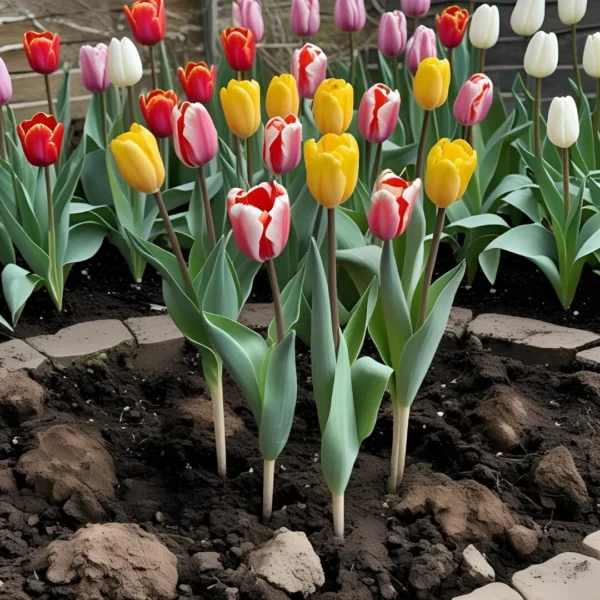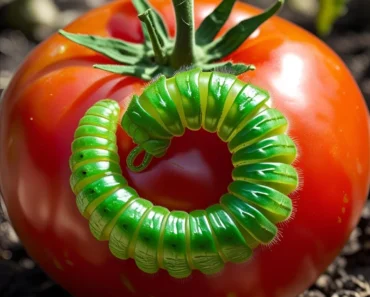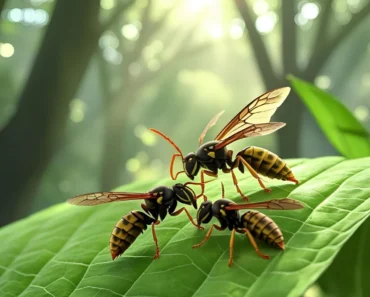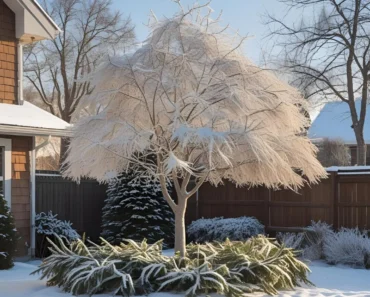Planting spring-blooming bulbs in the fall is a time-honored gardener’s ritual that yields spectacular displays of color and life after the winter’s dormancy. Fall provides optimal conditions for bulbs to establish roots and prepare to burst into flower in the early months of spring. This article offers a comprehensive guide to the top spring-blooming bulbs ideal for fall planting, including essential planting tips, timing, and care to ensure a vibrant floral show year after year.phsonline+2

Why Plant Spring-Blooming Bulbs in Fall?
Though bulbs are dormant underground in winter, the fall months are critical for root development. The soil is still warm enough to encourage root growth, while cooler air temperatures signal bulbs to prepare for the coming spring bloom. Early root establishment improves bulb health, flower size, and bloom timing. Additionally, adequate moisture in fall reduces transplant stress and builds resilience against harsh winter conditions.joegardener+1
Top Spring-Blooming Bulbs to Plant in Fall
1. Tulips (Tulipa species)
One of the iconic spring flowers, tulips come in myriad colors, shapes, and sizes.
-
Planting time: Best planted in October to November before soil freezes.
-
Soil & site: Well-draining soil, full sun to part shade.
-
Depth and spacing: Plant bulbs 6 to 8 inches deep and 4 to 6 inches apart.
-
Care tips: Tulips prefer cooler climates; in warm regions, bulbs may need chilling before planting.
Tulips bloom from early to late spring depending on variety, offering vibrant color for borders or masses.gardenersworld+1
2. Daffodils (Narcissus species)
Daffodils are reliable spring bloomers with cheerful yellow, white, and orange flowers.
-
Planting time: Plant in September through November.
-
Soil & site: Rich, well-drained soil with full or partial sun.
-
Depth and spacing: 6 inches deep, spaced 3 to 6 inches depending on size.
-
Care tips: Daffodils naturalize well and are deer-resistant.
They bloom early to mid-spring, often heralding the true start of gardening season.phsonline+1
3. Hyacinths (Hyacinthus orientalis)
Known for their intoxicating fragrance and dense flower clusters.
-
Planting time: Plant bulbs in October.
-
Soil & site: Well-drained soil, full sun to part shade.
-
Depth and spacing: 6 to 8 inches deep, 4 inches apart.
-
Care tips: Protect from wet winter soil to prevent bulb rot.
Hyacinths make excellent container displays and add exquisite scent to garden beds.rhs+1
4. Crocus (Crocus species)
Small, early-blooming flowers forming natural carpets of color.
-
Planting time: Plant in September or October.
-
Soil & site: Well-drained, moderately fertile; full sun to part shade.
-
Depth and spacing: 3 to 4 inches deep; spaced evenly.
-
Care tips: Naturalize well under trees and in lawns.
Crocuses often bloom first, pushing through snow to signal spring’s arrival.rhs+1
5. Snowdrops (Galanthus species)
Delicate white bell-shaped flowers often heralding the end of snow cover.
-
Planting time: September to November.
-
Soil & site: Moist, well-drained soil in shade or partial shade.
-
Depth and spacing: 3 inches deep; plant clumps for massing.
-
Care tips: Multiples increase decorative effect.
Snowdrops are among the earliest bulbs, providing subtle elegant interest.phsonline+1
6. Alliums (Allium species)
Ornamental onions with large globe-like flower heads useful for structural contrast.
-
Planting time: Plant in early fall (September to October).
-
Soil & site: Rich, well-drained soil in full sun.
-
Depth and spacing: 4 to 8 inches deep depending on size; spaced 6 to 12 inches apart.
-
Care tips: Alliums are drought tolerant once established.
They bloom late spring to early summer, bridging season transitions.rhs+1
General Planting Tips for Fall-Blooming Bulbs
Soil Preparation
-
Choose well-drained soil; amend heavy clay with compost and grit.
-
Ensure soil is loose and free of clumps to allow root penetration.
Planting Depth
-
Rule of thumb: plant bulbs about three times their height deep.
-
Proper depth insulates bulbs against frost and stimulates strong root growth.
Spacing
-
Too close plantings lead to overcrowding and reduced bloom size.
-
Follow species-specific spacing for best flowering and disease prevention.
Orientation
-
Plant bulbs with the pointed end up and flat basal plate facing down for proper shoot development.joegardener+1
Timing Your Fall Planting
-
Plant when soil temperature is 50° to 60°F to encourage root growth before freezing.
-
Typically, in northern climates this is September to early November; southern climates allow November to December.
-
Avoid planting too early as high summer warmth can cause disease and rot risks.
-
For very late planting, water bulbs well and mulch to protect from early freezes.gardenersworld+2
Caring for Spring Blooming Bulbs in Winter and Spring
-
Mulching: Applying organic mulch after planting helps stabilize soil temperature and retain moisture.
-
Watering: Pre-winter rains typically suffice, but monitor dry falls or winters.
-
Spring Growth: As shoots emerge, remove mulch gradually and fertilize lightly with balanced fertilizer.
-
Post-Bloom Care: Allow leaves to die back naturally; they photosynthesize and replenish bulb energy for next year.gardenersworld+1
Using Spring Bulbs for Diverse Garden Styles
-
Mass Plantings: Bulbs planted en masse create dramatic, colorful carpets ideal for large beds and lawns.
-
Mixed Borders: Combine bulbs with early perennials and shrubs for layered bloom progression.
-
Containers: Smaller bulbs like crocus, snowdrops, and miniature daffodils thrive in pots for balconies or entrances.
-
Naturalizing: Plant bulbs in woodland or meadow-like settings for ecological harmony and year-after-year self-spreading.phsonline+1
Troubleshooting Common Bulb Planting Problems
-
Rot or Mold: Often caused by poorly draining soil or planting too shallow.
-
No Blooming (“Blind” Bulbs): Typically a result of too shallow planting, nutrient deficiencies, or premature leaf removal the prior season.
-
Animal Damage: Tulips and daffodils may be prone to deer or rodent browsing; use repellents or protective fencing.
-
Delayed Bloom: Can happen with late planting or climatic variations; bulbs usually bloom the next year.rhs+1
Conclusion
Fall planting of spring-blooming bulbs—such as tulips, daffodils, hyacinths, crocus, snowdrops, and alliums—marks the start of a vibrant garden transformation. By selecting healthy bulbs, planting at the right depth and spacing, and nurturing them through winter and spring, gardeners ensure colorful, fragrant displays that brighten the season. Whether massed for dramatic impact or mixed with other plants for successive blooms, spring bulbs are an essential feature of autumn garden planning, promising joy and beauty long before many other plants awaken.gardenersworld+2
- https://phsonline.org/for-gardeners/gardeners-blog/planting-bulbs-fall-guide-beautiful-spring-garden
- https://www.gbbg.org/spring-bulb-plantings-tips-for-gardeners/
- https://www.rhs.org.uk/plants/types/bulbs/planting
- https://fromsoiltosoul.ca/complete-guide-to-planting-flower-bulbs-in-fall-in-zone-3-4/
- https://joegardener.com/podcast/fall-bulb-planting-a-to-z/
- https://www.gardenersworld.com/how-to/grow-plants/spring-bulbs-to-plant-in-autumn/
- https://www.thesagejournal.com/stories/a-complete-guide-to-planting-and-growing-spring-bulbs/
- https://www.americanmeadows.com/content/planting-flower-bulbs
- https://cityfloralgreenhouse.com/2018/06/fall-bulb-planting-guide/






